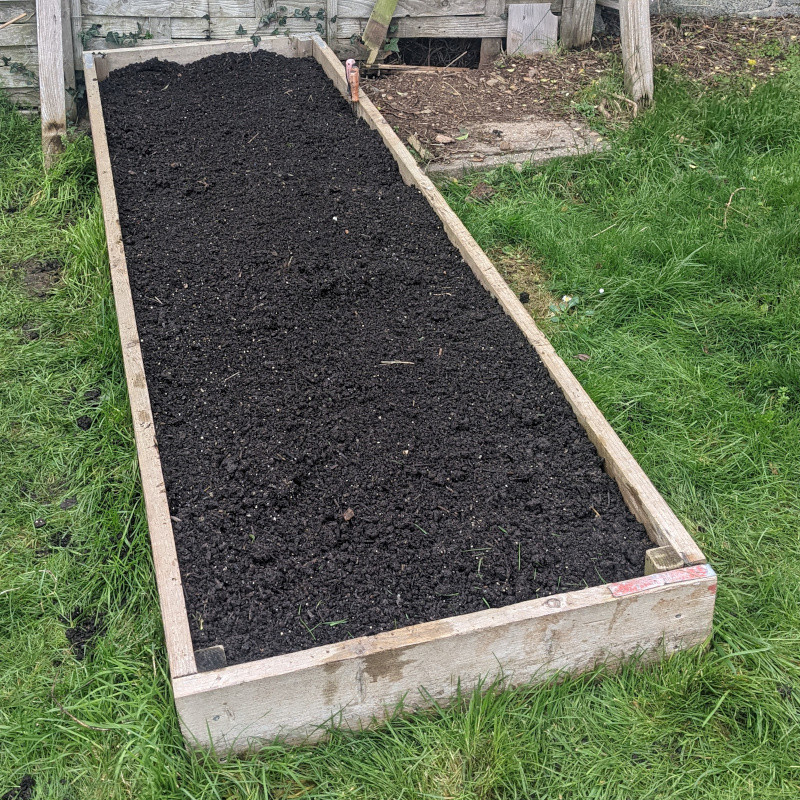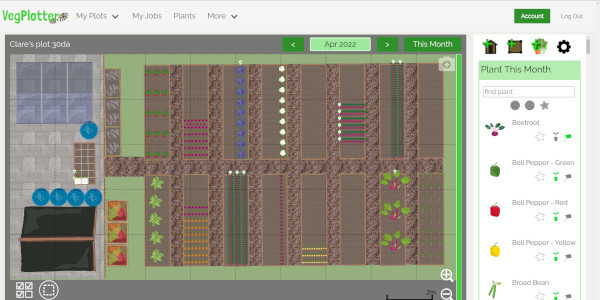When is it best to start a vegetable garden?

Successful vegetable growing needs fertile soil, water, and lots of sunshine, so right now (End Feb / Early March) is the best time to start planning, not putting seeds in the ground if you live in most parts of the Northern Hemisphere. Whether you have just taken on an allotment, you are planning a school garden; you have a square foot garden in your backyard, a huge homestead plot, or a tiny urban garden, this time of year is great to buy seeds, and to prepare the soil in preparation for spring vegetable planting.
What affects the timing of planting vegetable seeds?
The weather where you live is essential in deciding when to start planting seeds or putting seedlings in soil outdoors. First of all, check the earth.
If the ground is still frozen, it is impossible.
If the rain is pelting down and the soil is soaked, then any seeds you plant may rot in the cold wet soil so wait for a week and try again.
If frost or snow is likely, then by all means, plan your seeds, and buy them but wait until the ground is frost-free before you start planting. Unless they are broad beans, onions, parsnips, or peas – see more below.
If you put a trowel in the ground and you can dig easily, then this is a great time to start. In the southern counties of the UK, this usually is late February or the beginning of March. And as you move northwards, add a couple of weeks before starting and test the soil before you start.
Experienced gardeners know you can get one sunny day in February, but that may not hold for long, so they either plant seeds indoors in a warm spot or wait for the weather to become more stable.
What can be planted in February?
My readers are from all over the world, so please note the timings here refer to February in the UK, which is spring. For UK allotment planning, seeds like parsnips, peas, broad beans, or onions can be planted now. None of which mind the cold or frost, so you can get started as long as the soil is workable.
Potatoes can be “chitted” indoors, allowing them to start sprouting a green shoot, a root, or both, in a dark shed. These show that the potato is viable and can be planted as soon as the soil warms up at the beginning of March or a few weeks later up north if the ground is still frozen.
Parsnip seeds can be planted in prepared rows stone-free with compost but do not add manure. If you give root crops manure, they fork in every direction to feed on it. You get some petty wild-shaped parsnips (or carrots), so it is best to apply them to the crop before. Parsnips are very slow to germinate, so plant a row of radishes, then parsnips, then radishes, and you can allow the radishes to mark the rows for you.
How to give seeds an early start indoors.
For those of you who cannot wait to get started, start planting seeds on a sunny windowsill in pots indoors or in a greenhouse or a polytunnel if you are lucky enough to have one. For tomatoes, chili peppers, aubergine (eggplant US), courgettes (zucchini US), or cucumber, put two seeds per pot into small pots in a warm place and water them well until a shoot appears. They will grow rapidly, and you may need to transplant them into bigger pots if the roots start to poke out of the end of their pots. Do not plant these out into your allotment or garden bed until the risk of frost is nil.
3 essentials to get ready now for March vegetable garden planning.
1. Vegetable Planning.
My first article was “Starting a vegetable garden”, and this has detailed instructions for crop rotation, so refresh your memory before moving on to the tasks below. It is crucial because vegetables shouldn't grow in the same spot each year.
2. Soil preparation
Once you know the vegetables or fruit you plan to plant, prepare the soil. If you have manure, use it for squash, pumpkins, salads, beans, and peas but remember that brassicas (like cabbage, cauliflowers, and kale) and root crops do not like manure. They love soil that had manure added the previous year, so plan for brassicas on a spot that was manured last year, maybe on the peas or beans patch. Those plants are nitrogen fixers, which means the soil is perfect for your cabbages.
If you have homemade compost, you can add handfuls of this everywhere and dig it in to add nutrients to ensure your soil stays healthy. If you don’t have homemade compost, why not? This is every allotment gardener or vegetable grower’s free, sustainable way to ensure healthy soil and also a way to recycle all the garden waste and use it back on the soil. In a future article, I will describe how to make a compost heap, so keep checking back.

Other soil additives can be leaf mould, if you have some ready. Just crumble it directly on the soil or use it on patches for brassica rows, which will not get manure. If you grow comfrey, pick some leaves and allow them to settle on the rows while waiting for planting, and then crumble them in to add many useful nutrients and minerals that vegetables need to grow well.
3. Decide which system to use
You may look at all the ways to grow and then decide that you want more than one system, rows of lettuces but squares of carrots, or a pot of courgettes growing vertically. For example, I grow strawberries in raised beds and then change their plot every 4 years. Fruit trees, strawberries, and raspberries are perennial, which means they stay in the same spot for the full crop rotation cycle and even longer for the fruit trees. I also use SFG for carrots and the online VegPlotter planning will give you exact numbers of how many seeds and rows of that particular vegetable you can grow, and it is so easy to set up. See last week’s article for more details.
Conclusion
Here in the UK, very few vegetables can go into the soil in February because most vegetable seeds prefer to start in warm conditions and not face frost. Start them off indoors or delay planting for a few more weeks if possible. This will give all your plants a good start. While they are snug indoors, you can add manure and mulch to the vegetable plot outdoors, order your seeds, and plant when the frost has been banished. Now is a great time for Spring cleaning; a time to tidy up, prune shrubs and fruit trees, collect up any slugs or snails and re-locate them away from your vegetable seedlings, which is what I will write about next week.



